
 The main gate of the university. Below: The masterplan.
The main gate of the university. Below: The masterplan.
WORK is under way on a vast new 480-hectare campus for King Faisal University at Hofuf City, Al Ahsa in the Eastern Province of Saudi Arabia, furthering the dream of its namesake, the late King Faisal, and meeting the demand of a growing student population.
The SR5 billion ($1.4 billion) campus will have all that can be expected of a state-of-the-art higher education institution in the region – academic blocks for both boys and girls, medical facilities, a sports centre, dormitories for both genders, housing for staff, a sewage treatment plant, and a host of other amenities.
 |
The constructional planning and design of all phases and stages was completed last year by the project consultant, Arch Centre Consulting Architects and Engineers, as were studies and development on the infrastructural work and designs of associated facilities and buildings. These include more than 50 academic colleges and buildings, and a central support services building over 480,000 sq m; student dormitories with support facilities over 280,000 sq m; and staff housing with associated facilities over 1.31 million sq m.
Arch Centre’s scope of work included planning and constructional design of the masterplan for the entire campus with associated areas, in addition to infrastructure works, landscaping and hardscaping studies and the design and studies of roads and walkways. Also included was the engineering design for about 90 per cent of the building count.
 |
|
Artist’s impressions of the students’ activities centre and administration building (below). |
“Design and construction works is still under way on the project which was launched in 2004. The project has been divided into different stages due to its huge scale and because it is tied to budgets approved by the government annually,” Ahmad Bu Khamseen, executive manager of Arch Centre tells Gulf Construction.
Work on Phases One and Two was completed in 2007, while that on Phase Three, Stages One to Four, is in progress, he says.
 |
“We have finished our scope of work as consultant for all buildings and are now preparing the designs for some additional buildings not included in the previous phases and stages,” he adds.
The initial project masterplan had been prepared in 1980 by a US-based firm, but was redone due to the massive increase in the number of students from 9,000 students to more than 30,000.
Arch Centre was enlisted to provide its consulting services in 2005, after work
was already launched on the project, presenting a challenge of its own for the consulting practice.
Design concept
Commenting on the work undertaken on the project, Bu Khamseen says: “More than seven planning conceptual alternatives were prepared – the purpose of each was to ensure the optimal usage of the allocated areas. These ideas revolved around a central green spine (allocated to pedestrians and frequent buses) considered as the backbone of the academic area, in addition to designing a ring road around the academic area to facilitate traffic and access to all buildings through service roads,” he says.
 |
The academic area will be connected to three main pedestrian tracks and directly to each of the student dormitories and staff housing areas. “The design concept focused on facilitating the free movement of pedestrians throughout the campus by providing main and branch plaza areas with main and secondary pedestrian walkways. The objective was to include theoretical concepts of constructional design that would yield a sustainable development,” says Bu Khamseen.
The criteria for architectural planning aimed to satisfy the unity, homogeneity and interrelation between the buildings through the provision of arcades opposite the green spine, and provision of corner towers and other architectural features, giving each building its unique distinguishing feature that reflects its function.
Project components
The project, considered as one of the most strategic of its kind in the Eastern Province, comprises of the following:
• Academic area for boys: This contains a number of colleges, academic and administrational buildings (six colleges, a general library, a festival hall, a mosque, a restaurant, administration building, English language centre, auxiliary deanery building and a boys activity centre) alongside the green spine;
• Academic area for girls: Located near the boys academic area, it contains a number of colleges, an activity centre, restaurant, administration building, English language building, in addition to services and auxiliary buildings. The area is fenced and has gates and drop-in yards for girls;
• Medical area: This zone contains five medical colleges (colleges of medicine, pharmacy, applied science, dentistry and basic science). These are spread out but all connected through a pedestrian path to the green spine;
• Sports area, containing a stadium and physical training building;
• Boys’ dormitories, comprising a cluster of residential units for around 5,000 students, in addition to services, yards and pedestrian passages;
• Girls’ dormitories to house around 4,000 girl students. This area, which is fenced around, will be connected to the girls’ academic area by a pedestrian bridge passing over the ring road circling the academic area;
• Central services and utilities area, which features structures such as central chillers, pumping stations, a water treatment plant, ground water storage tanks, elevated water storage tanks, storage areas, workshops and maintenance buildings, and a press, translation and publishing building;
• Staff housing area: Located at the southern part of the campus, this area is connected to the academic section through the green spine. It consists of several residential compounds, including around 520 residential villas and 92 apartment buildings with 562 flats. This is in addition to community centres, and a main centre that contains a number of commercial, religious, social, sports and administrational buildings.
• Sewage treatment plant: This will be located at the farthest portion of the southern part of the campus and will treat water for re-use in the irrigation network around the campus.
Phases
Work on the entire development has been split into a number of phases and stages. These include:
• Phase One, completed in 2007, included the execution of the main infrastructure networks and preliminary works on some roads;
• Phase Two, also completed in 2007, comprised updating and development of studies for the infrastructure service area;
• Phase Three, which was split into five stages. Stage One included infrastructure networks, landscaping and hardscaping of the academic area. Stages Two to Five involved masterplanning of and infrastructure works for certain areas, namely Stage Two for the boys’ dormitories. Stage Three for the girls’ dormitories, Stage Four for the sports area, and Stage Five for the medical area. Stages One to Four are now under construction;
• Phase Four, now under way, comprises planning and constructional design of residential units, and facility centres for the staff housing area.
• Phase Five, for Arch Centre, consists of a producing a summary and report of all works by preparing a comprehensive and updated masterplan of all phases.
Infrastructural works
Given the flat terrain of the site, with elevations ranging from 98.5 to 103 m, the grading of the housing area has been planned with minimum changes to the existing grades in order to minimise the cost of earthworks.
In terms of drainage, this area will have a combination of surface and subsurface drainage systems. The housing units will drain towards the drive ways, which will in turn drain to roads. The roads will have catch basins and underground pipe network to carry the storm water to detention ponds, says Bu Khamseen.
 |
|
Work on the festival hall and other areas of the university (top) is proceeding apace. |
The academic area has been divided into sub watersheds and drainage inlets have been provided in each watershed. Storm water will flow to the drainage inlets under gravity and then will flow through the sewer pipes to three detention ponds – east and west detention ponds being located in the south near the spine bridge over the loop road and the north pond located to the north of the intersection of east and west loop road.
Meanwhile, the water supply system for the campus consists of water wells, a chlorine-based disinfection system, concrete water storage tanks (above and below ground, and elevated), reverse osmosis-based water treatment plant for production of sweet water, a water pumping station, and a pipe network.
 |
Power for Phase Four will be distributed via two medium-voltage (MV) main station buildings and using a ring system for substation buildings consisting of seven MV substations, serving all housing units in this phase with a total electrical power of about 100 MVA.
All buildings will be equipped with low voltage systems, which will consist of a central control of low voltage system on the same substations and distributed via low voltage cables on duct bank routing to all buildings.
According to Bu Khamseen, the HVAC (heating, ventilation and air-conditioning) system for the King Faisal University campus is one of the finest hi-tech systems. The centralised chiller plant is of the centrifugal type, while there are cooling towers to cool chiller condensers. There are a total of nine chillers, each with a total refrigeration capacity of 3,150 TR (tons of refrigeration). The chiller plant is equipped with latest instruments and accessories, which reduces the operating and maintenance cost on the whole.
 |
|
Centre for electronics studies ... state of the art. |
“One of the major reasons for choosing these chillers is that the temperature difference for supply and return chillers is 19.5 deg F, which is generally only 10 deg F. Due to this factor, there will be a huge saving on infrastructure pipe sizing, which is more than 4 km,” he says. “The flow rate requirement is also reduced because of high temperature difference across the chillers, which also means that the pumping capacity is also reduced. This makes the system more efficient and economical.”
The chilled water will be distributed to the entire campus through RTR (reinforced thermosetting resin) pipes, which have insulation jacketing to reduce thermal losses. These also help to minimise friction losses in the piping system, which in turn also reduces pump pressure head.
Challenges
“There were a number of challenges faced by us during the course of work. The first challenge was the desire by the university administration to commence construction work at the same time as the planning and design works,” he says.
This meant that start of construction work was synchronised with the planning and design period (which started in 2005).
The second challenge was in dealing with the problems faced by the university in trying to implement the infrastructure works based on a plan prepared 25 years earlier. “These were found impossible to execute until a qualified consultant was assigned to update and develop the masterplan by coordinating the execution of the first phase of infrastructure works – which was executed prior to the update,” he says.
The third challenge was in the phasing of the masterplan into main and sub-phases.



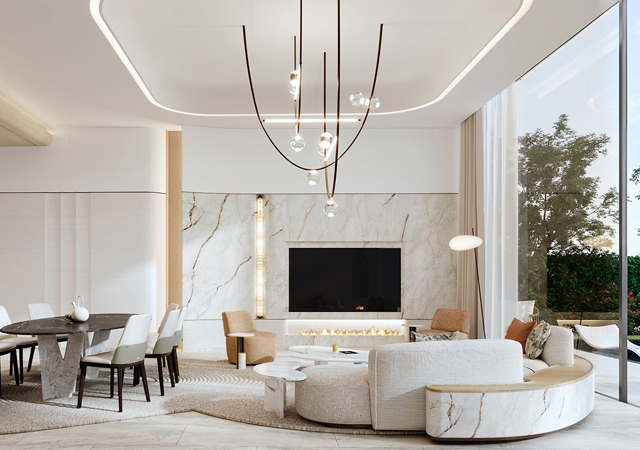
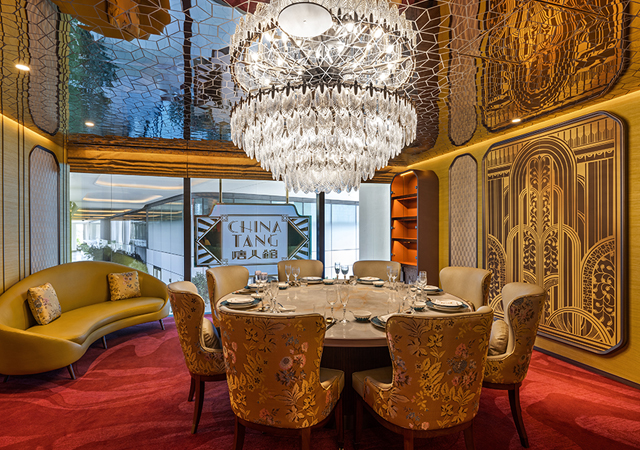
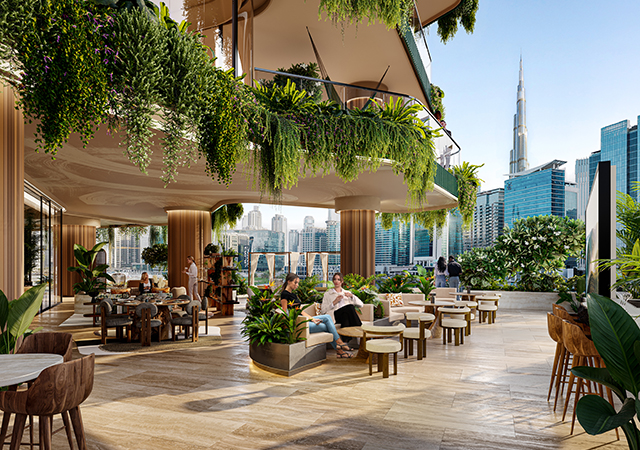
.jpg)


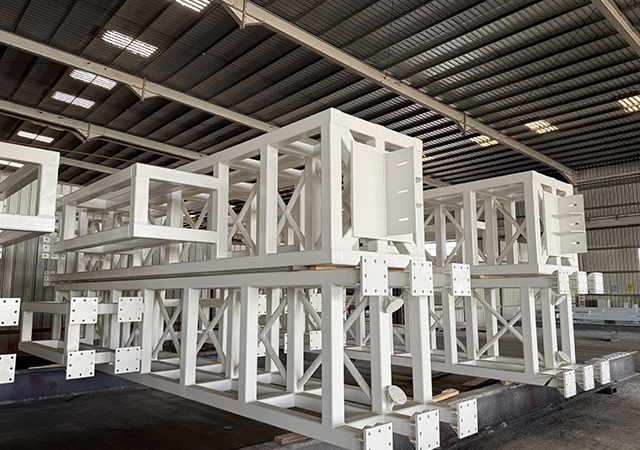

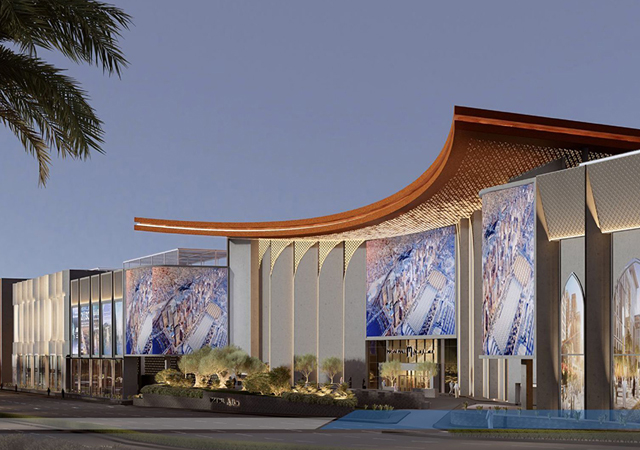
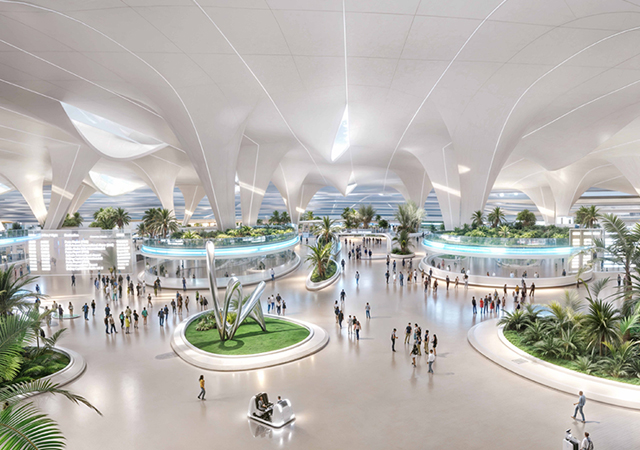
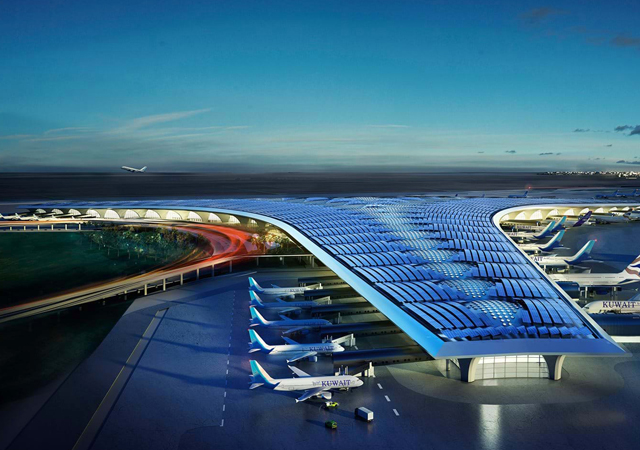
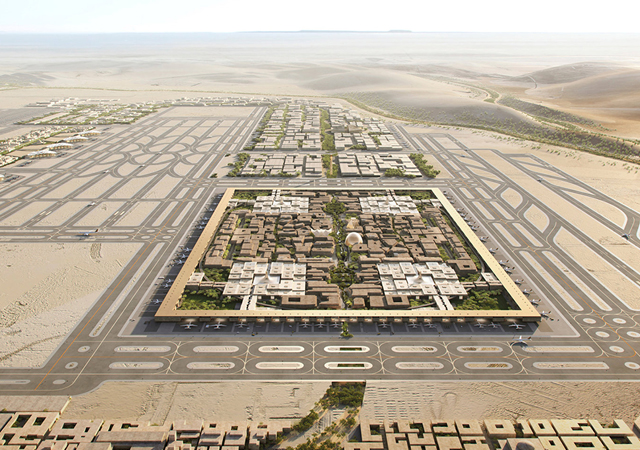
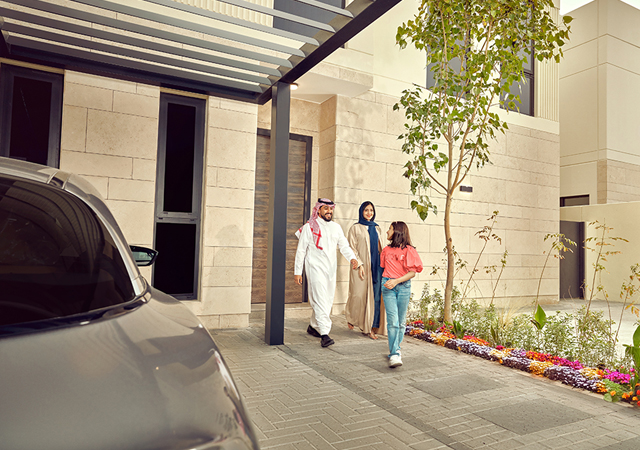
.jpg)

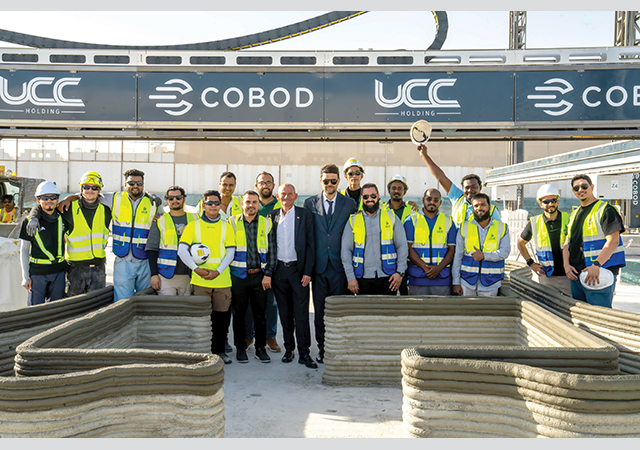
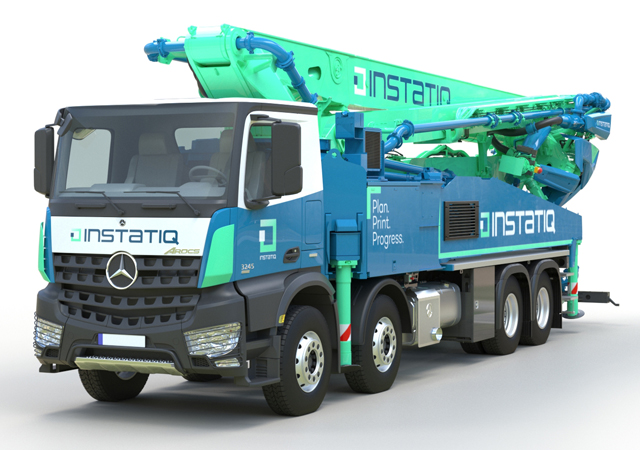
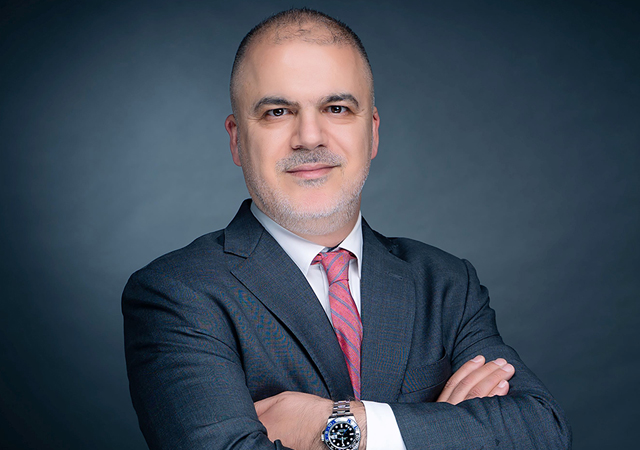

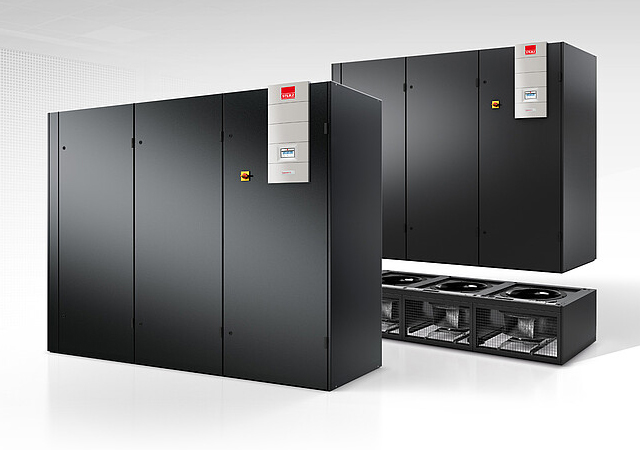
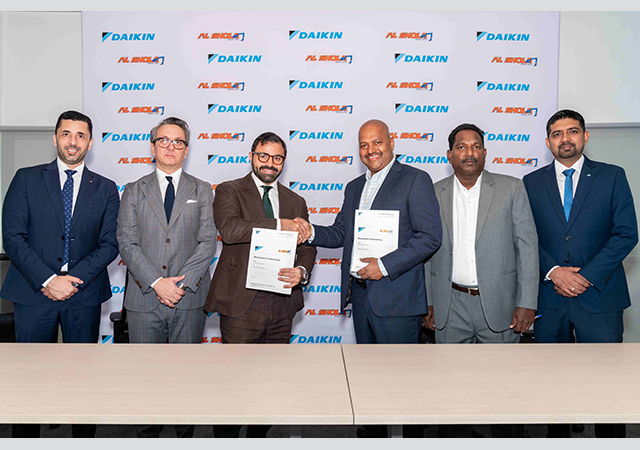

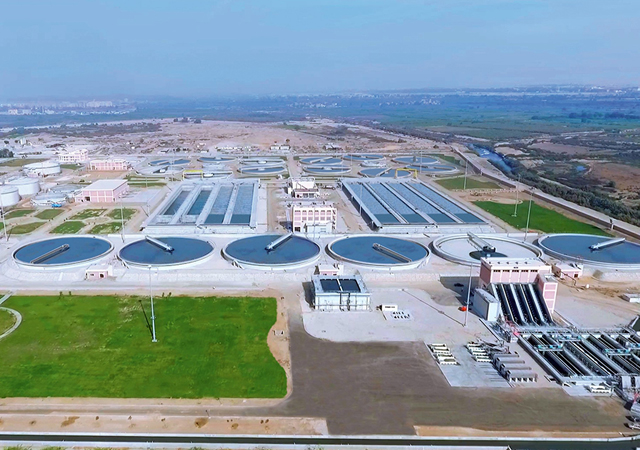

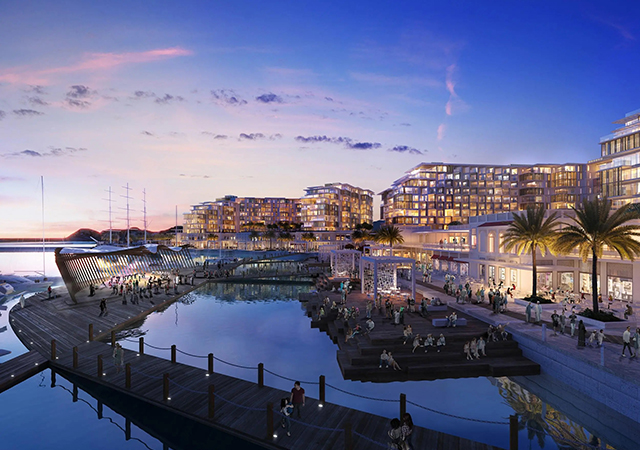

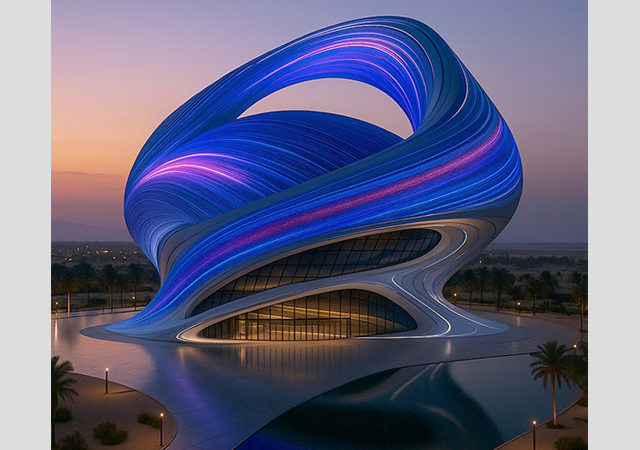

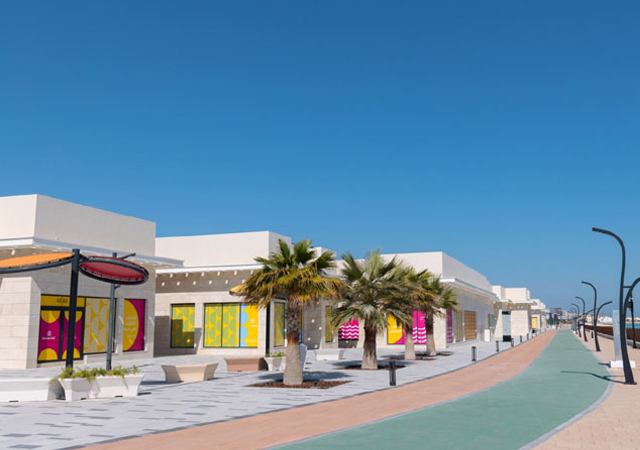
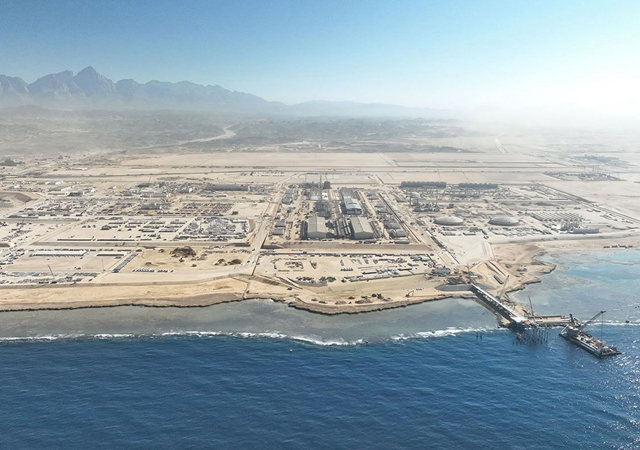
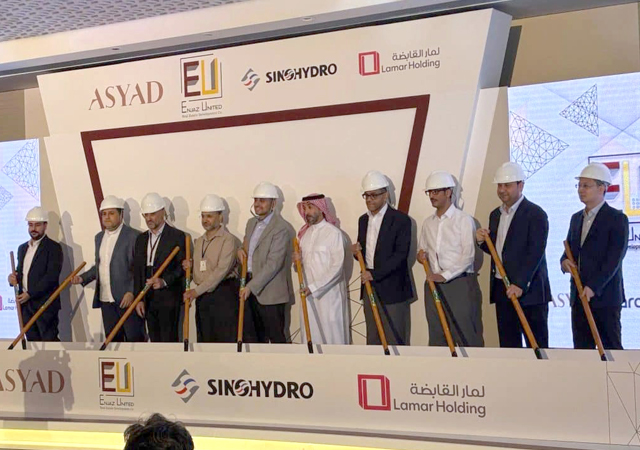

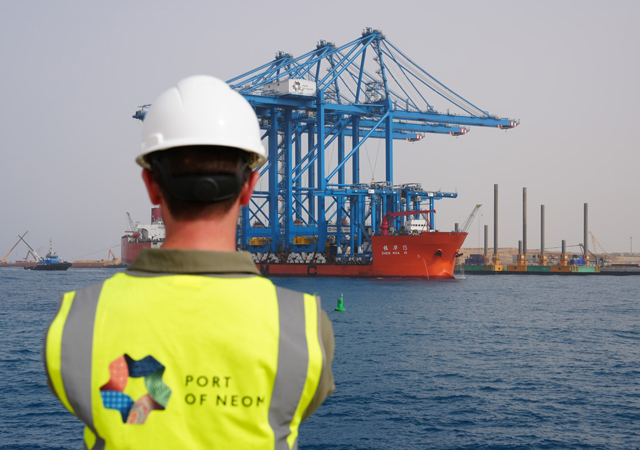
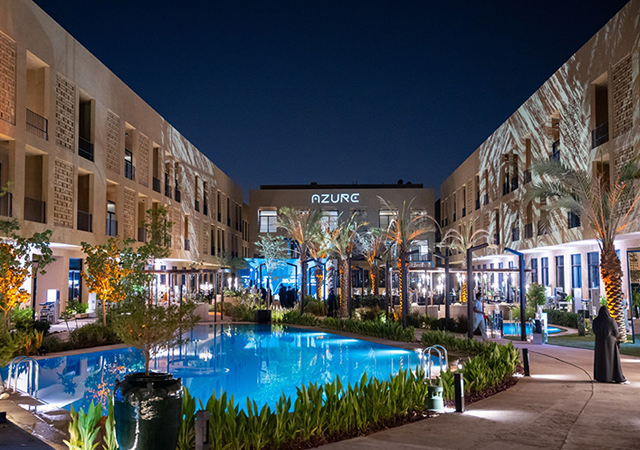
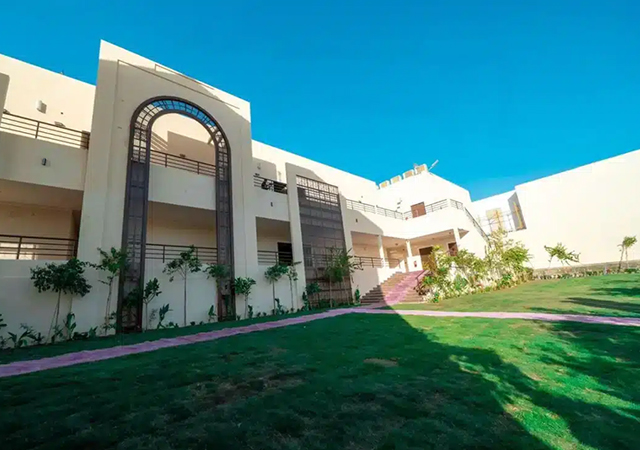

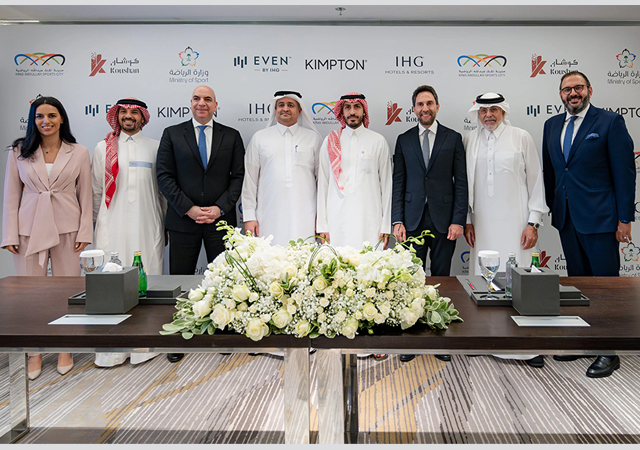

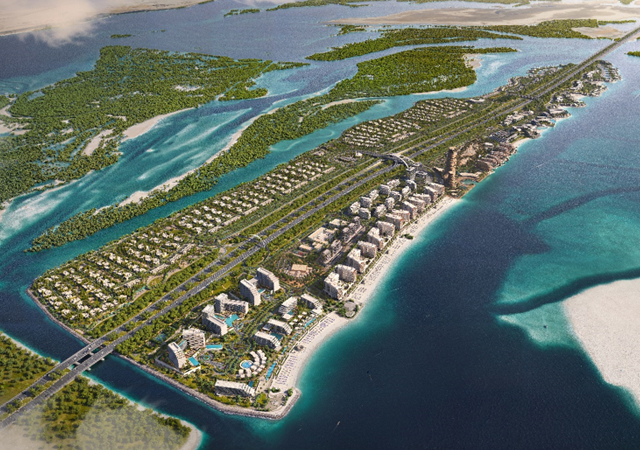

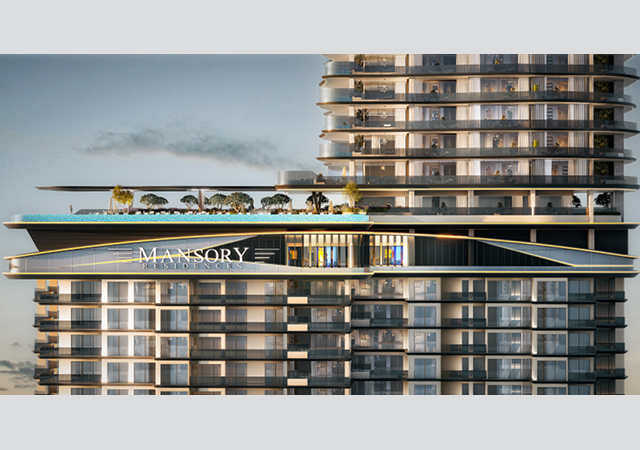



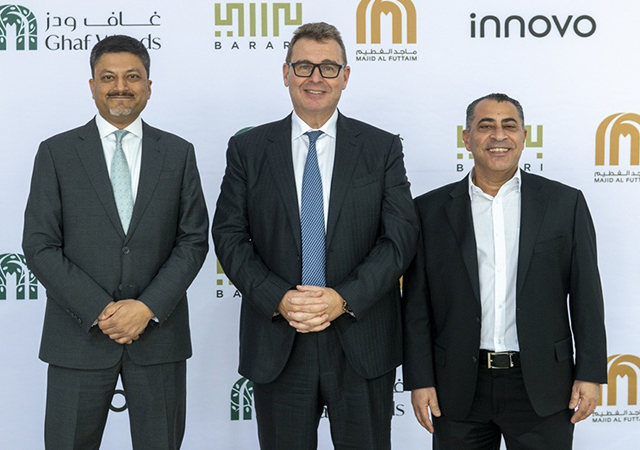

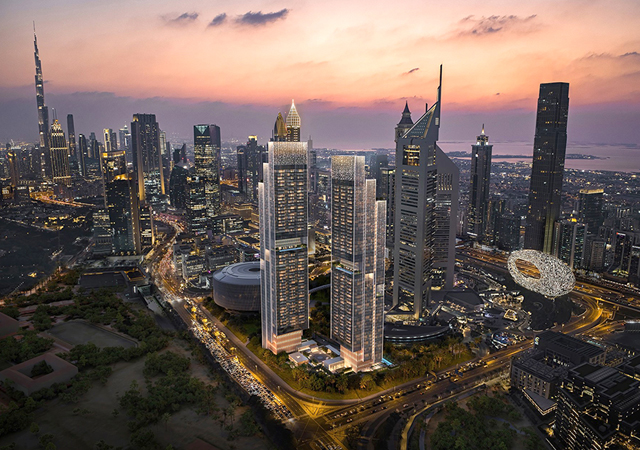
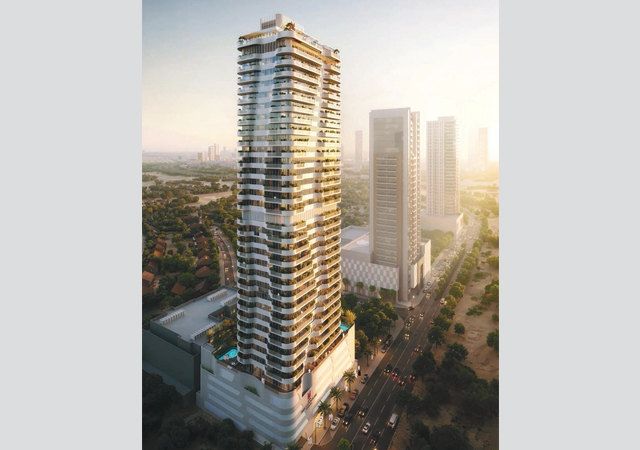
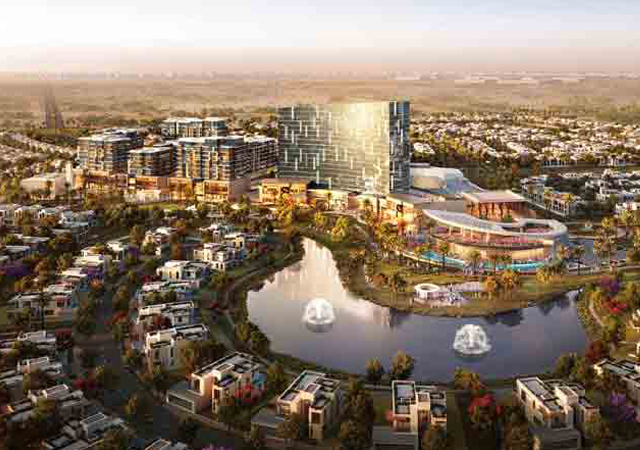

.jpg)






























